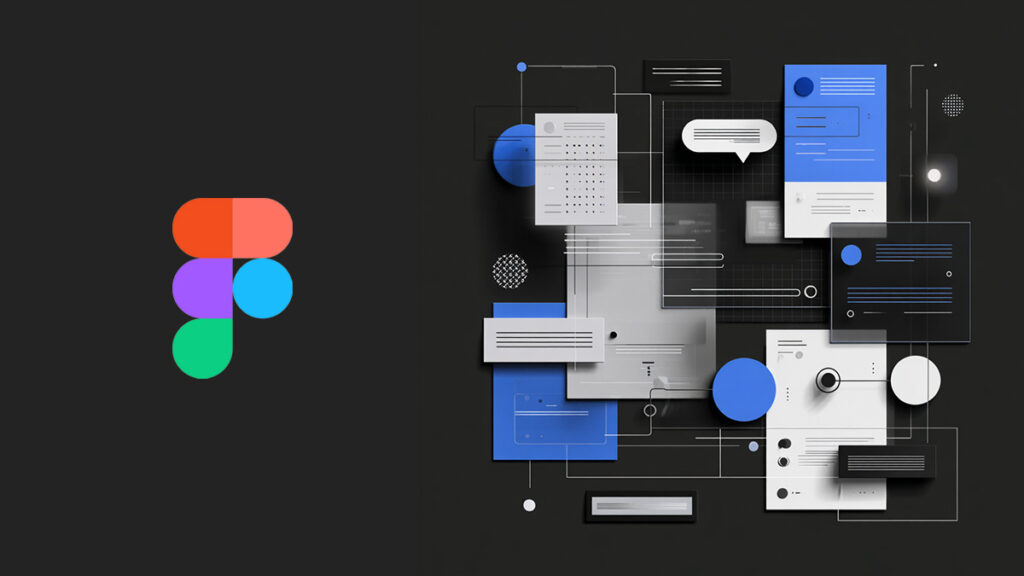
featured
Figma: The Collaborative Design Platform for Modern Teams
Why Figma Has Become the Go-To Tool for Interface Design
Figma has transformed the way digital products are designed. Unlike traditional desktop apps, it runs entirely in the browser—meaning you can collaborate in real-time, from anywhere. With powerful vector editing tools, prototyping, team libraries, and design systems support, Figma helps teams move from concept to developer handoff faster than ever.Your Snapshot Summary
Figma is a web-based interface design and prototyping tool built for collaboration. Designers, developers, and stakeholders can work together in real-time from any device.Core Features That Make Figma Stand Out
- Real-time collaboration: Multiple users can design, edit, and comment simultaneously.
- Prototyping: Interactive flows, transitions, and click-based navigation without code.
- Component system: Reusable design elements with overrides, variants, and nesting.
- Design systems: Shareable styles, tokens, and assets across files and teams.
- Browser-based access: No installs, always up to date, works on any OS.
- Developer handoff: Inspect code, export assets, and access specs directly from the design file.
Who Should Use Figma
Figma is perfect for:
- UX/UI designers building responsive interfaces and high-fidelity prototypes.
- Design teams working in agile sprints who need fast, collaborative workflows.
- Developers who need direct access to designs, specs, and assets.
- Product managers and stakeholders reviewing designs and leaving comments asynchronously.
- DesignOps leads managing design systems and libraries at scale.
What Sets Figma Apart from Other Tools
- Cloud-native from day one: Real-time sync, multiplayer editing, and seamless version history.
- Cross-platform friendly: Works on macOS, Windows, Linux, and ChromeOS—no downloads required.
- Scalable libraries: Centralize shared styles, components, and tokens for consistent design.
- Community plugins & templates: Expand your workflow with thousands of free extensions.
Pricing Options
- Free Plan: Unlimited files for individuals, 3 Figma files for teams, real-time collaboration, plugins.
- Professional: Unlimited files, sharing permissions, version history, and custom libraries.
- Organization: Design systems analytics, private plugins, SSO, team libraries.
- Enterprise: Advanced security, roles, workflows, and analytics for large orgs.
Tools That Work Well With Figma
For best results, use Figma alongside a collaborative browser environment, cloud storage, and real-time communication tools. Consider setting up shared brand style guides using team libraries to keep visuals consistent across projects.
Figma Makes Collaboration Effortless
If your team designs digital products and needs to move fast without losing alignment, Figma is the tool. It blends flexibility, speed, and structure in a single cloud-based environment—and that’s why it’s trusted by startups, agencies, and enterprise teams alike.
Frequently Asked Questions
Is Figma free to use?
Yes. Figma offers a free plan with essential design and collaboration features.Can Figma work offline?
Figma has limited offline support. Files must be opened before going offline; editing is possible with restrictions.Is Figma only for UI design?
No. Figma is great for UI/UX but also works well for wireframes, flowcharts, diagrams, and visual systems.Does Figma support design systems?
Yes. Team libraries, components, and shared styles make it a robust platform for managing design systems.This site uses affiliate links, which means we may earn a commission at no extra cost to you.